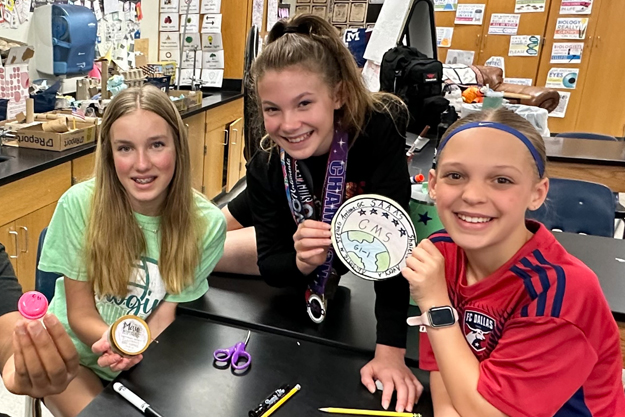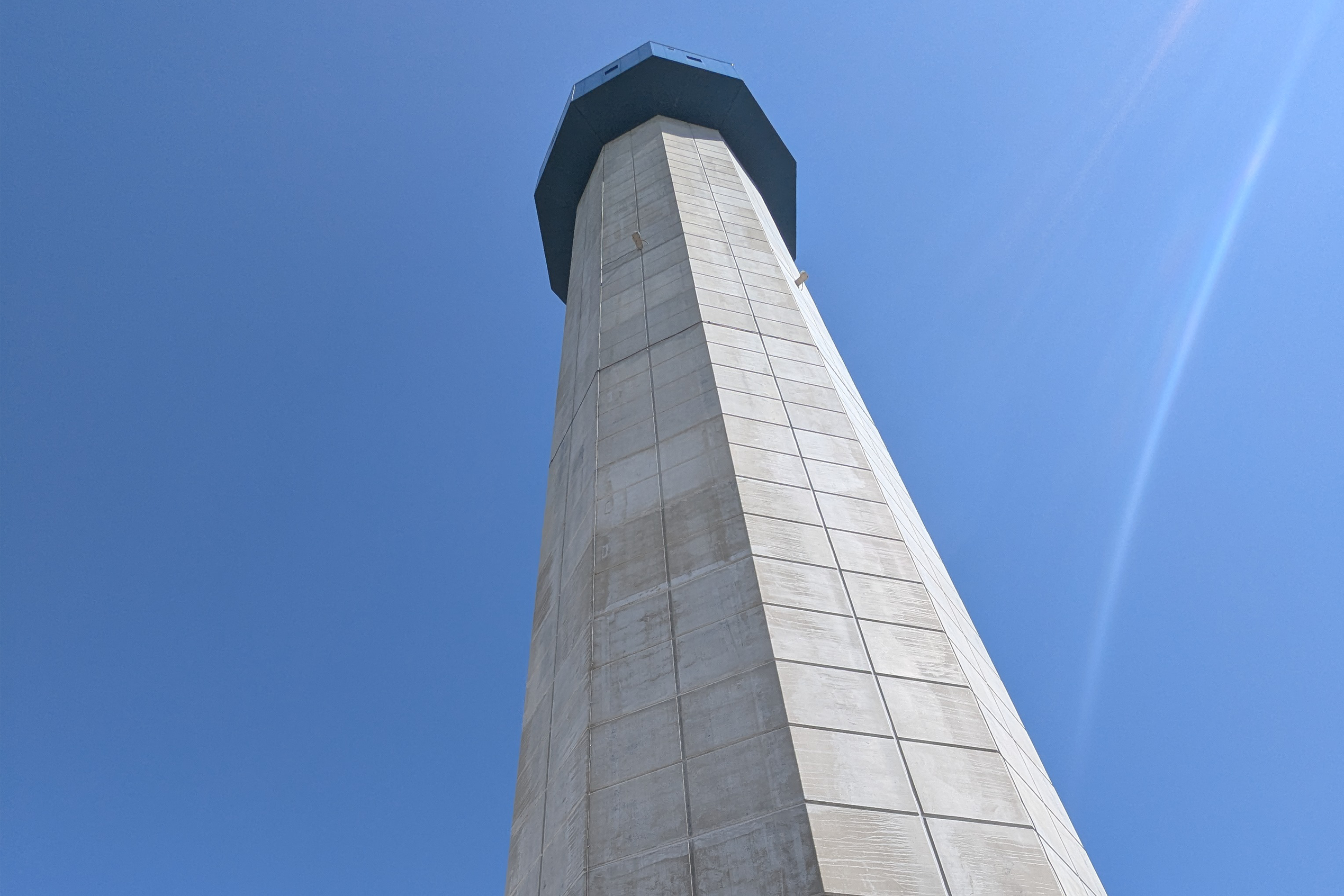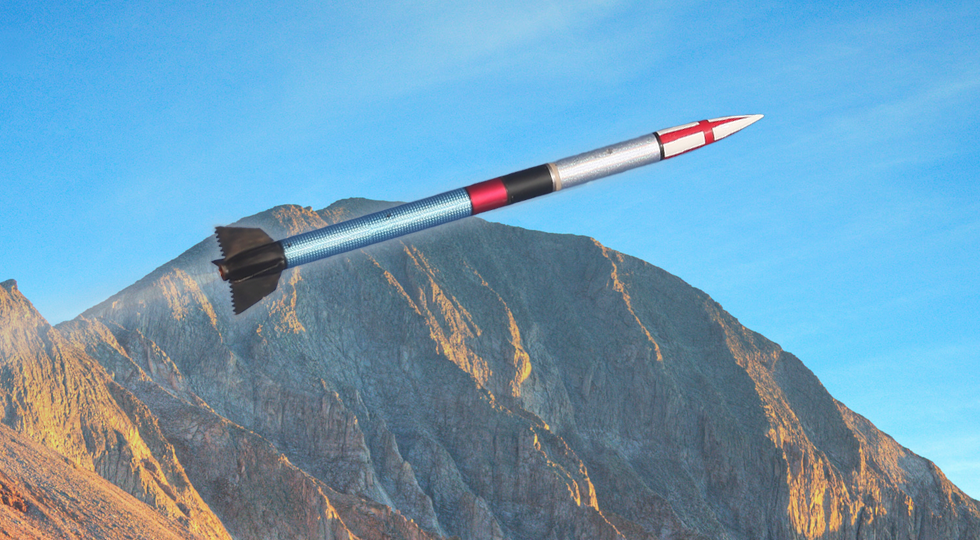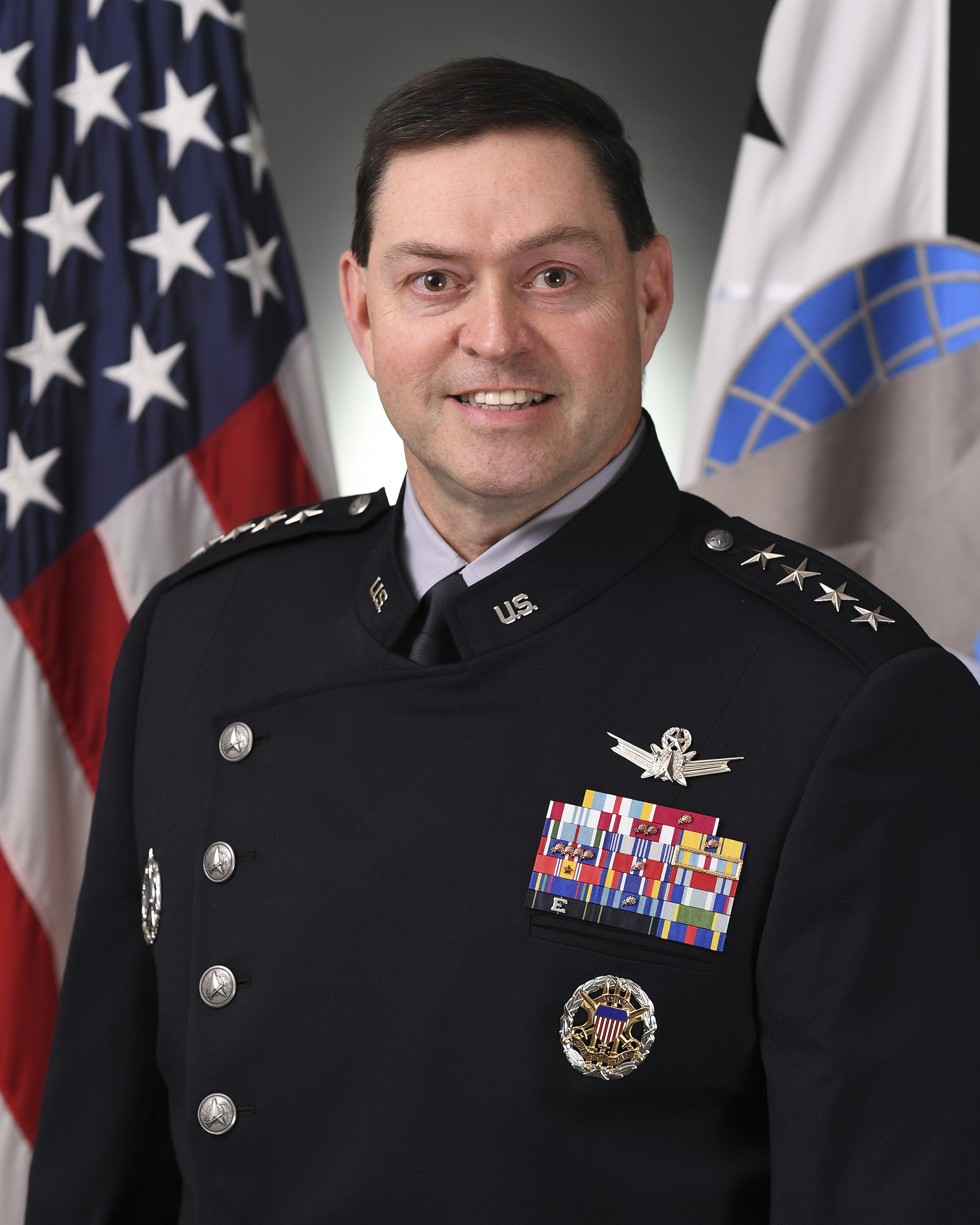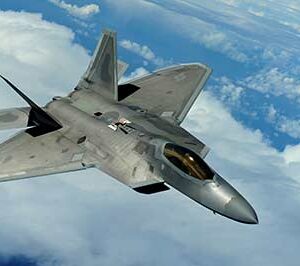On Sunday, March 17, 2024, two hundred and fifty students across America held their breaths simultaneously. They all had a personal stake in a space mission that was about to be launched from eastern Colorado.
In grades 3-8, each student had worked with parents, educators, and volunteers to create uniquely individual science experiments. They were part of Rocky Mountain NDIA’s Edge of Space program, designed to encourage kids to engage in Science, Technology, Engineering, and Math (STEM) education. Edge of Space then hitches their experiments to a weather balloon and launches them into Earth’s stratosphere. After returning to Earth, they would be tracked down and returned to them for further analysis of the effects of space on seeds, beans, and anything else the students could dream up.
There was only one catch: to participate in this mission, each experiment had to fit inside a plastic capsule smaller than a chicken egg.
Students in Colorado, Wyoming, Texas, Louisiana, Georgia, Pennsylvania, Arizona, Virginia, and Mississippi) carefully packaged and shipped them to Colorado Springs. Once there, a volunteer from Rocky Mountain NDIA repackaged them in one of three Styrofoam payload boxes. These containers had been repurposed from area pharmacies, which use them to transport temperature-sensitive medications. With some modifications for attaching to the high-altitude balloon’s flight string, they made excellent space payloads.
Retired Air Force Col Norm Black has spearheaded the Edge of Space effort since its inception. He can trace the evolution of the capsules back to their very humble beginnings: “We started with ping pong balls. I would cut them in half to hold the experiments until one year I had to cut 250 ping pong balls.” This labor motivated Norm to look for an upgrade.
“Next, we settled on plastic Easter eggs. They worked well, but we eventually had so many that weight became a problem. Word-of-mouth was attracting more schools to the program, but our payload can’t exceed 8.5 pounds.”
Col. Black’s persistence led him to an even more efficient solution: “Now we use the little plastic containers from gumball machines.”
His never-ending pursuit of a more efficient launch solution led Black to a resource in his backyard. A Denver-based amateur radio club was already launching weather balloons and a partnership was struck. The Edge of Space Sciences (EOSS) now provides technical assistance with FAA coordination, launch, tracking, and recovery. Rocky Mountain NDIA has been a valuable partner, connecting EOSS with funding, students, and volunteers.
However, Black and his student constituents faced further barriers to this year’s launch. On March 15, a blizzard dumped record snow on the Front Range. Impassable roads threatened to postpone the launch. However, Colorado’s eastern plains had escaped the brunt of the storm. In the wee hours of Sunday morning, the team got the green light and embarked for Deer Trail, Colorado.
With temps just above freezing, the 2000-gram balloon was spread out in a parking lot and tethered to the three payload boxes, along with tracking, photographic, and other electronic gear. At 8:10 am, the balloon was launched into a clear Rocky Mountain sky. It ascended to an apogee of 98,904 ft before the balloon burst under the internal pressure created by the thin atmosphere, and the capsules parachuted back to Earth.
Volunteers tracked the payload to a point 8.5 miles north of Limon, in eastern Colorado. Rocky Mountain NDIA’s recovery team was less than two miles away from the landing site (Norm recalls that his team had previously traveled to recovery sites as far as 100 miles away). All 250 of the capsules were recovered for shipping back to their creators, where they will star in school laboratories, science fairs, and oral reports before reaching final glory on students’ bedroom shelves.
This was the 17th Edge of Space mission facilitated by Rocky Mountain NDIA. These missions are designed to inspire the imaginations of young people with the wonder of space exploration. Inevitably, many of these students will embark upon a career in the space domain, tracing their inspiration to a plastic capsule launched into the Edge of Space.
Go to the Edge of Space page to learn more and get involved.

